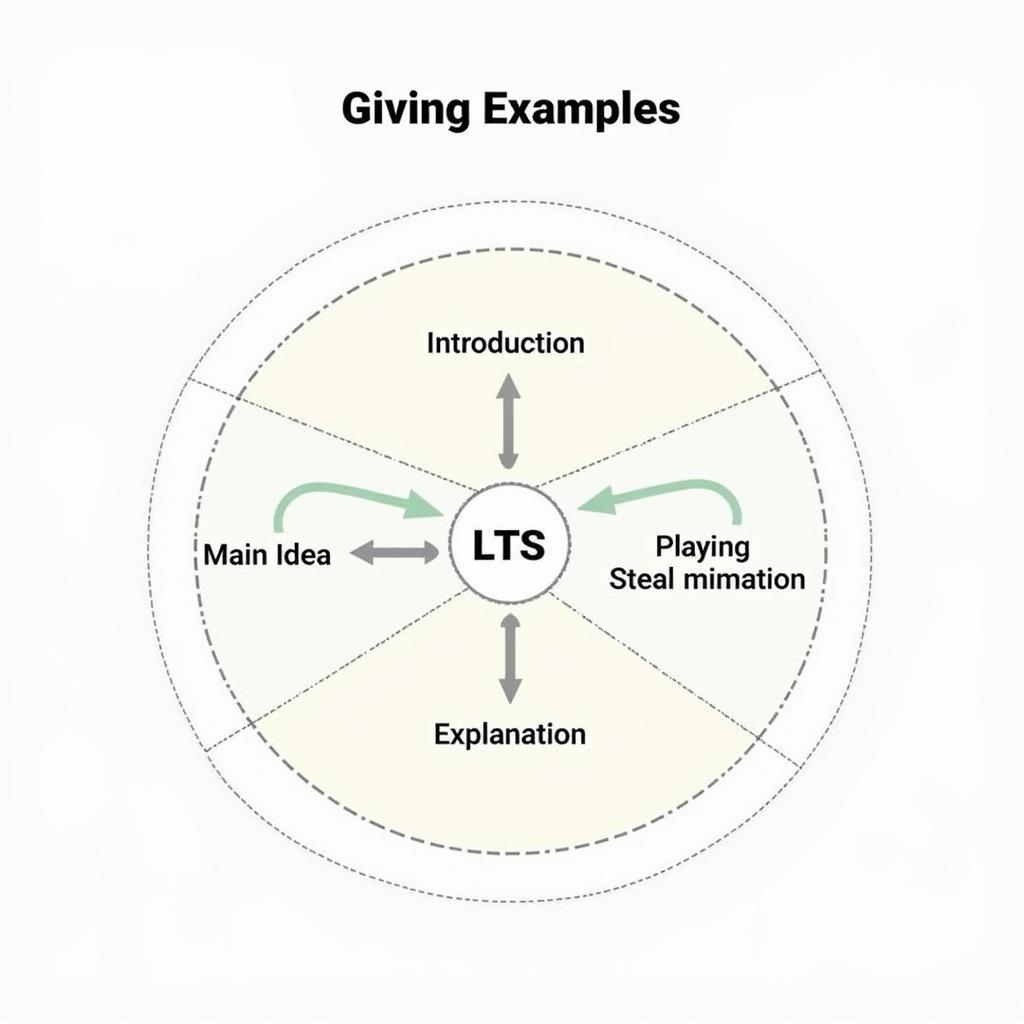In IELTS Writing Task 2, providing relevant examples is crucial for achieving a high band score. As someone with extensive experience in teaching IELTS, I can confirm that effective examples can significantly strengthen your arguments and demonstrate your ability to communicate ideas clearly. Similar to how digital technologies affect human creativity, mastering the art of giving examples requires both understanding and practice.

Understanding the Role of Examples in IELTS Writing
Examples serve multiple purposes in IELTS Writing Task 2:
- Support your main arguments
- Demonstrate real-world understanding
- Show logical thinking
- Enhance essay coherence
- Prove points effectively
Just as strategies for diversifying personal financial investments require careful planning, incorporating examples in your essay needs strategic thinking.
Types of Examples to Use
Personal Experience
Personal examples can be powerful when relevant to the topic. However, ensure they’re appropriate and universally understandable.
Statistical Data
Numbers and statistics add credibility to your arguments. For instance, when discussing renewable energy, you might reference how should the government fund research into alternative energy sources.
Historical Events
Historical examples demonstrate broad knowledge and can effectively support various arguments.
How to Structure Your Examples
The PEEL Method
- Point: State your main idea
- Evidence: Introduce your example
- Explain: Connect example to argument
- Link: Tie back to the main topic
Common Mistakes to Avoid
- Irrelevant Examples
- Too Many Examples
- Vague or Unclear Examples
- Overly Complex Examples
- Fictional Examples
Similar to understanding how government bonds provide safe investments, clarity and reliability in your examples are essential.
Practice Techniques
Template for Example Integration
“For instance, [specific example] clearly demonstrates [main point] because [explanation].”
Sample Examples for Common Topics
-
Technology:
“For example, the widespread adoption of smartphones has revolutionized communication…” -
Education:
“To illustrate, many universities now offer online degrees…” -
Environment:
“A clear example is the successful implementation of recycling programs…”
Just as peer-to-peer lending vs. traditional banks shows different approaches, varying your example types can strengthen your writing.
Practice Exercises
- Topic Analysis
- Read sample topics
- Brainstorm relevant examples
- Evaluate example effectiveness
- Example Development
- Start with basic examples
- Enhance with specific details
- Practice connecting to arguments
Key Takeaways for Success
- Always ensure examples are:
- Relevant to the topic
- Clear and concise
- Well-explained
- Properly integrated
- Remember to:
- Use varied example types
- Keep examples brief
- Connect to main arguments
- Practice regularly
Mastering the art of giving examples in IELTS Writing Task 2 takes time and practice, but with these strategies and consistent application, you can significantly improve your writing score and overall essay quality.